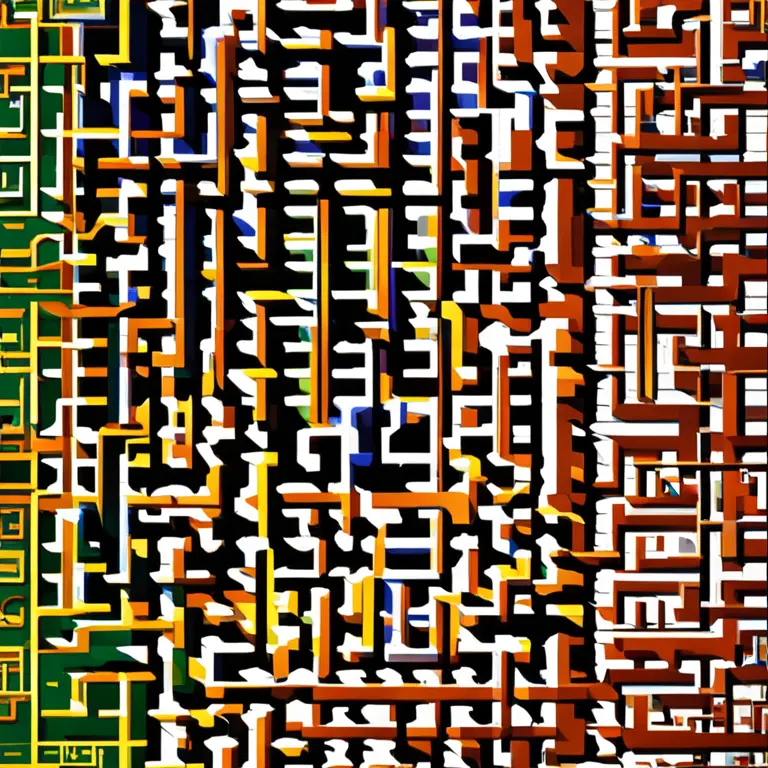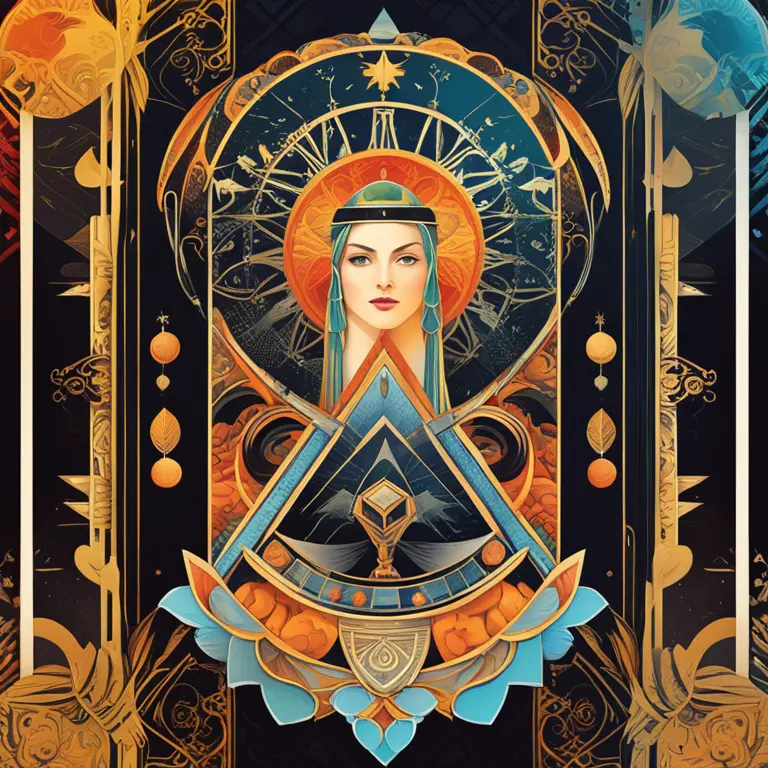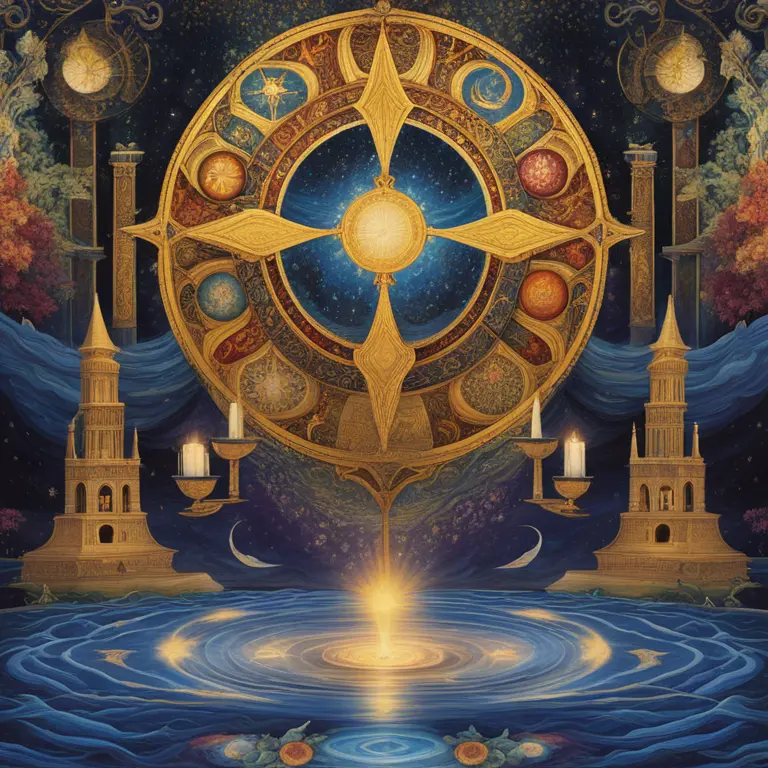
The Mysterious Birth of Tarot
Tarot cards have captivated humanity with their enigmatic imagery and purported ability to peer into the future. The origins of these mystical cards are shrouded in mystery, but historical evidence points towards the mid-15th century Europe, where they were first noted in Italy. Initially conceived for play, these decks were the preserve of the aristocracy, lavishly illustrated and hand-painted, making them objects of art and status rather than the esoteric tools we know today.

From Parlor Game to Prophetic Tool
Throughout the centuries, tarot cards transitioned from noble pastimes to mystical instruments. By the late 18th century, occultists in France and England repurposed tarot cards for divination. Figures like Antoine Court de Gébelin asserted that the tarot held secrets of ancient Egyptian theology, despite the lack of concrete evidence. Over time, this mystical interpretation of tarot eclipsed its original function, embedding itself in the spiritual practices of those seeking knowledge of the arcane.

The Tarot's Symbolic Fabric
The rich tapestry of tarot imagery is a blend of various mystical and religious streams. Medieval iconography, alchemical symbols, and astrological themes all find a place in the tarot's deck, creating a multi-layered tool for spiritual interpretation. The Major and Minor Arcanas — the two divisions of a typical tarot deck — serve as mirrors for the cosmic dance of life, depicting the sequence of events, feelings, and states transcending ordinary understanding.

Rising Popularity in Modern Times
It was not until the late 19th and early 20th centuries that tarot truly burgeoned into popular consciousness. Organizations like the Hermetic Order of the Golden Dawn curated and published new decks designed for divination, such as the Rider-Waite-Smith deck, with evocative illustrations by Pamela Colman Smith under the guidance of Arthur Edward Waite. This trend has continued with a multitude of contemporary artists and visionaries contributing their own decks, expanding the tarot's visual and interpretive vocabulary.
Technology Meets Tradition
In our digital age, tarot has embraced technology. Applications and websites dedicated to tarot reading have flourished, offering insights and interpretations at the click of a button. The digitization of tarot has made it more accessible, allowing for a resurgence of interest and a community of modern seekers and savants who find in tarot both a link to the past and a guiding light for the future.
The Ongoing Evolution of Tarot
As we continue into 2024 and beyond, tarot cards remain a dynamic element of contemporary spirituality, reflecting the changing values and thoughts of society. They are no longer just divination tools but serve as inspiration for art, psychology, and self-reflection. This evolution of tarot from renaissance parlors to today's interconnected world illustrates the enduring human desire to find meaning and direction amidst life's unfathomable tides.
Published: 2/8/2024
Modified: 2/8/2024
More predictions
Come back here soon to learn more about yourself and your future


No Zodiac Sign? Here's What It Means for You
Discover the unique standing and implications for individuals without a zodiac sign in the mystical realms of astrology and how it shapes their identity.


Today's Zodiac Forecast: Cosmic Insights
Delve into your daily zodiac horoscope for fresh celestial guidance and astrological outlook tailored for your star sign.


The Cancer Zodiac Profile: Insights & Characteristics
Discover the deep emotional world of Cancer, the fourth sign in the zodiac, revealing their traits, compatibility, and future prospects for 2024 and beyond.